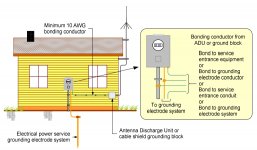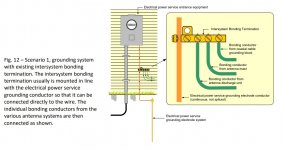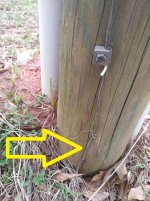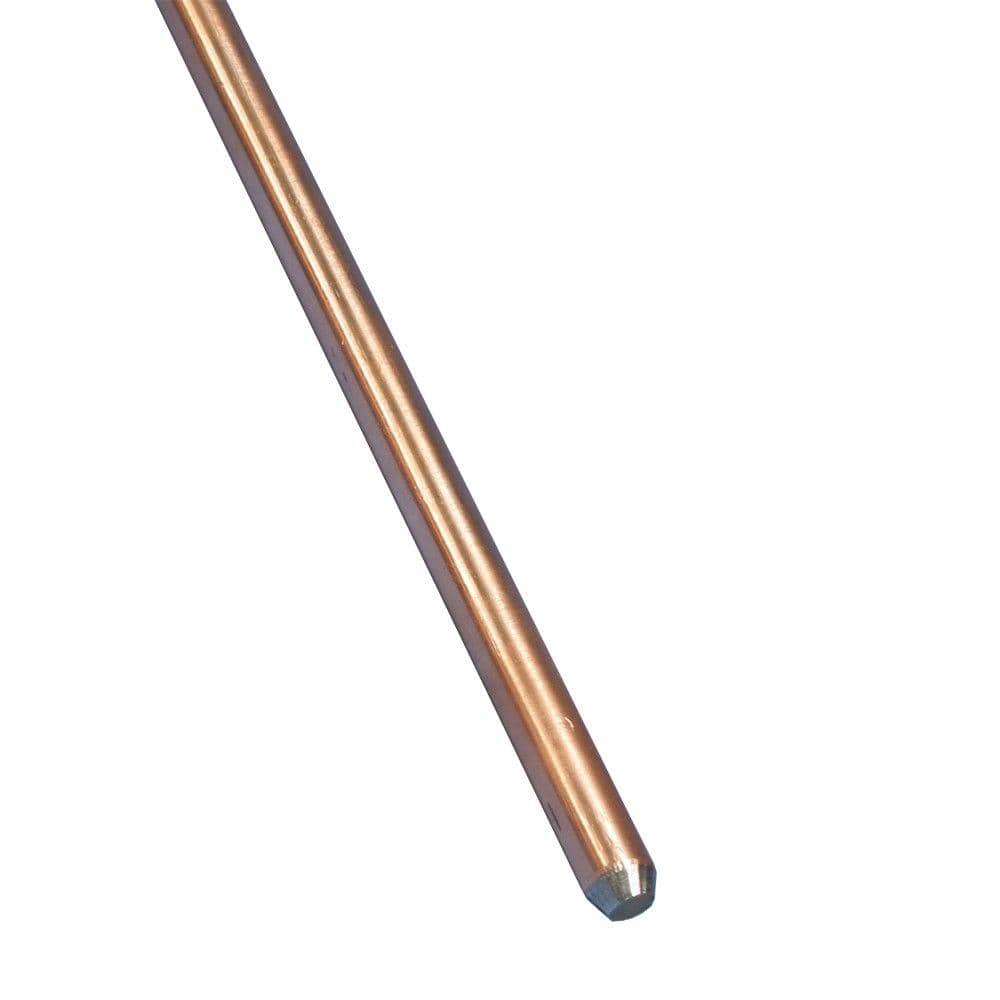GKLdiy88
Member
- Joined
- Jan 25, 2022
- Messages
- 206
- Reaction score
- 110
Been doing more reading on this, some things I read seem to indicate that having a really long ground wire run like I would need (as much as 60 feet) and having to bend 90 degrees around the corner of the house would not really be very effective against a lightning strike, so would having that long ground wire simply be to discharge any static electricity build up from the wind on the antenna ?
My antenna is a Comet GP-1 and is only about 4 feet tall, would such a small antenna really have much static build up from wind ?
I am retired and have a modest hobby budget and have already pushed my spending for this year more than I should have and I am trying to avoid any more than minor spending for now, but if I do need to get 60 feet of copper wire that wire alone might cost more than the antenna itself did

Also wondering if having a lightening arrestor and/or coax surge protector is merely optional or a real necessity.
I have read on the forum about simply disconnecting the coax from the back of the radio and putting the end in a glass jar when a lightning storm is expected (which has been fairly rare in our local area and not a regular occurrance)
.....not trying to be cheap, simply need to "try" to stay within a budget
My antenna is a Comet GP-1 and is only about 4 feet tall, would such a small antenna really have much static build up from wind ?
I am retired and have a modest hobby budget and have already pushed my spending for this year more than I should have and I am trying to avoid any more than minor spending for now, but if I do need to get 60 feet of copper wire that wire alone might cost more than the antenna itself did
Also wondering if having a lightening arrestor and/or coax surge protector is merely optional or a real necessity.
I have read on the forum about simply disconnecting the coax from the back of the radio and putting the end in a glass jar when a lightning storm is expected (which has been fairly rare in our local area and not a regular occurrance)
.....not trying to be cheap, simply need to "try" to stay within a budget












